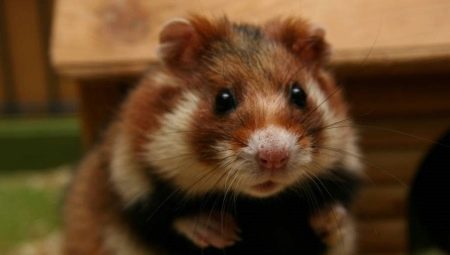Siberian hamsters are cute dwarf animals, which are often purchased for children. The animal does not require special care or exotic feeding, so the child may well cope with the care of the hamster on his own. This instills in him responsibility, hard work, kindness and love.
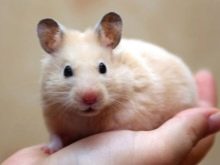
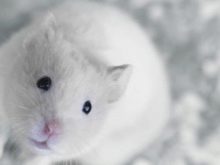

Appearance
The baby looks like a cute fluffy ball with an inconspicuous tail. Its lengths are 7-8 cm. Under natural conditions, it weighs 25-30 g, but in a satisfying home environment, lazy hamsters get fat and can gain weight up to 50 g.
"Siberians" have black-gray wool with a brown strip passing through the entire back. Genetics offer several other colors. But in any case, by winter, the hamster will change the color of his coat to white. In domestic animals, the color change is not pronounced, but it is vital for the field.
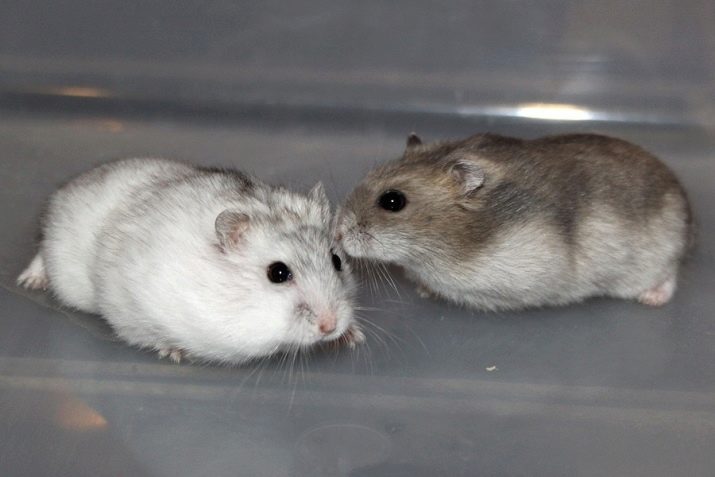
Habitat
In the natural environment, hamsters of this breed live in the steppes and hilly plains of Siberia and Northern Kazakhstan. They live in minks, which they themselves create. This crumb can dig a maze up to one and a half meters deep with a total length of strokes up to 8 m. In the maze, he equips himself with a warm nest for sleeping and dead-end "pantries" for storing grains.
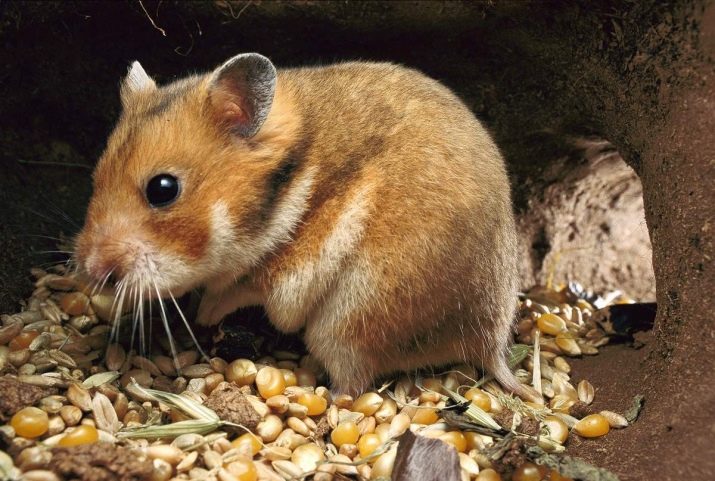
In winter, in the natural environment, in order not to expend energy, hamsters become numb. This condition is not a complete hibernation, as animals have to wake up for snacks. Severe frosts and predators do not allow hamsters to live for their pleasure - their average life expectancy is 2-2.5 years, while domestic animals can live up to 3-4 years.
Hamsters do not like companies, so they live one at a time or in small groups formed at a young age.
They distinguish their “friends” from “strangers” by the smell emitted by a special gland located on their abdomen.
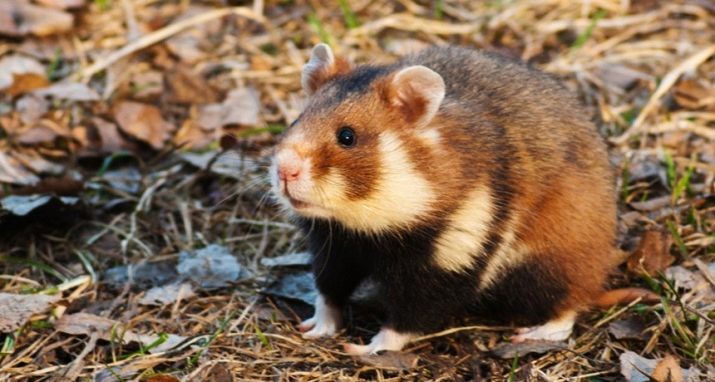
Character Features
It’s very nice to hold a soft lump in your hands, and watching it is also fun. The behavior of the animal changes under the influence of external factors: night time, temperature fluctuations, fear, curiosity. Features of the behavior of these animals is the following factors.
- Older individuals are not particularly quick, but young people are more energetic - they like to make noise (especially at night). When choosing a place for a cage, the animal’s nocturnal lifestyle should be considered.
- Hamsters are oriented in space with the help of antennae, which determines the size of the object or hole in which you can climb.
- Animals mark their territory, claiming rights to it. They are loyal to individuals living with them since childhood, recognize everyone by a characteristic smell and do not crowd them out of their habitat. But the attitude towards strangers is completely different. It is better to keep same-sex animals in one cage or one male and several females.
- A hamster engaged in its hygiene is a pretty hilarious sight. Those who love these animals can watch for hours how they lick their paws and quickly wash tiny little faces and bodies with them, and then comb the hair with their claws. In fact, they separate the hairs of their cover and make it more fluffy, which affects the conservation of heat. The instincts went to hamsters from Siberian living conditions in the wild.
- A frightened hamster behaves uneasily - he rushes about in a cage or clings to a floor. If he feels danger, makes frightening sounds and grins his teeth. At this point, it is better not to touch it, as it may bite.
- At the moment of curiosity, the animal may become on its hind legs, and the front ones reach for the subject of interest. He examines it with antennae and paws.
- Sometimes, observing the hamster, you can notice how he drags the sawdust to his nest and bury himself in them. This behavior indicates that the pet is frozen. If he starts tearing and scattering sawdust, then he is hot.
- The animals are ready to breed already at the age of one month, but it is better to let them wait at least three months. The female has a gestational age of nineteen days. If a couple lives in different cells, then combining them in order to obtain offspring should be on neutral territory.
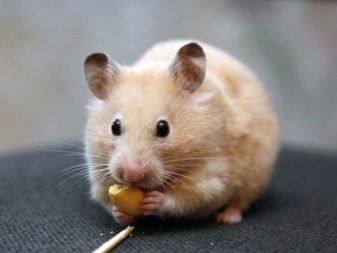
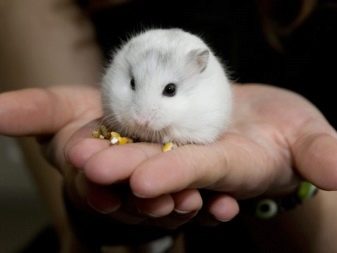
Content
For those who first decided to get a hamster, you should familiarize yourself with the rules of detention, as well as their behavior and habits, to understand all the pros and cons. The hamster is a living creature, and, bringing it into the house, a person takes responsibility for its existence. The positive aspects of keeping the animal at home are as follows:
- he is sweet and in most cases friendly;
- contact with such a pet is not dangerous for children;
- children acquire good qualities: caring and responsibility;
- hamsters are not picky about food;
- they are easily tamed, while they can be trained in small tricks;
- It’s easy to find a place for a small cage;
- are inexpensive - you can always afford to get a budget and unpretentious pet.
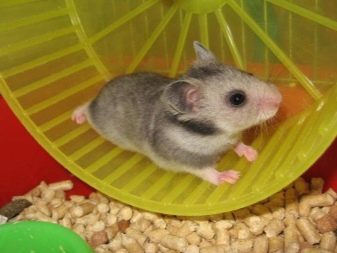
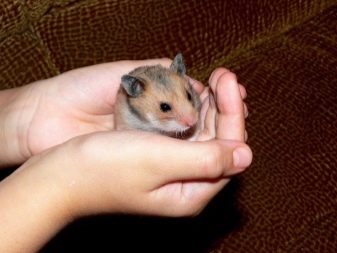
It is also worth noting the negative aspects of a hamster staying in an apartment:
- he will have to be looked after, cleaned the cage, otherwise a smell will appear;
- the baby likes to make noise at night, so the cage should be kept away from the bedroom;
- sometimes you can get a beast that loves to bite;
- hamsters do not live long, and children can be hard pressed to lose a pet.
If the minuses do not seem so significant, you can safely get a hamster, because he will bring a lot of pleasure with his touching appearance and behavior.
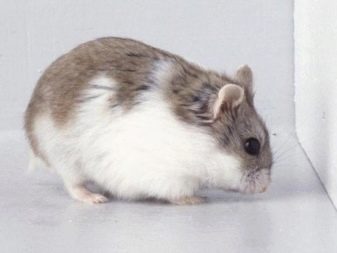
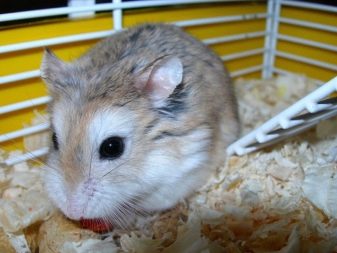
Where to place?
Before bringing a hamster into the house, it is necessary to prepare a place of residence for him.If this is not taken seriously, the baby will be lost in a large apartment and die.
Hamsters are not very demanding of the external environment, but they feel good at a comfortable temperature from 17 to 26 degrees Celsius.
Anything that is unpleasant for us will not please the hamster. When determining a cell in one place or another, one should think about whether it will be comfortable there. Given the negative impact of some places in the house, we can conclude that you can not put a cell:
- near the radiator;
- on the windowsill, in direct sunlight;
- near working equipment;
- in a draft;
- in noisy places;
- in the bedrooms (given the nocturnal lifestyle of pets).
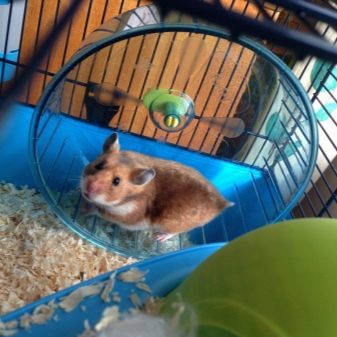
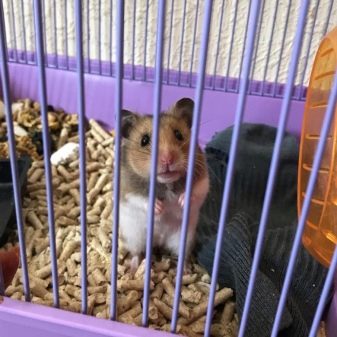
What should be the cell?
A hamster is a rodent, and this should be considered when choosing material for a home. A cage with metal rods or an aquarium is suitable for a pet. In Siberian hamsters, jumping is absent, so the aquarium can not be covered from above. As for the cell, then the distance between the rods should be no more than 7-9 mm, otherwise the animal will try to escape.
The cage itself should be spacious, as the pet needs to run. It is better to provide a second floor if you need to place game structures. Sawdust is chosen as a floor covering.
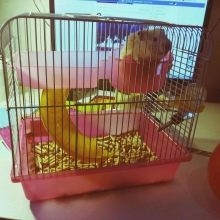
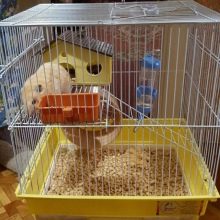
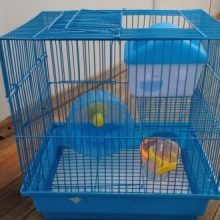
The animal will react with concern to an empty cage, because a person does not like living in an apartment without furniture. Housing for a hamster should be comfortably equipped.
- You need a house for sleeping. In the wild, hamsters live in holes, so the instinct for self-preservation remains with them in cramped cage conditions. In the house they feel safe.
- It is better to fix the feeder and the drinker so that the hamster does not turn over, but you need to make it removable so that you can wash it.
- Mineral stone is necessary for the animal to care for teeth. By biting it, the hamster cleans and strengthens the fangs, and also grinds them, adjusting the normal length.
- Running wheel. Siberian hamsters are prone to obesity, so for them a running wheel is a must. It will satisfy their nightly need for movement and allow them to maintain a healthy shape.
- The toilet for the hamster can be purchased at the pet store, while the pet must understand that there is a designated place for the toilet.

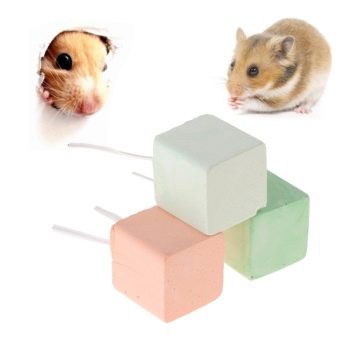
Care
Caring for animals, first of all, provides for proper nutrition. Twice a day, it should be fed with cereal and granular mixtures, which can be purchased at the pet store. An additional vitamin kit is required, consisting of fruits, herbs and vegetables. You can add a little chicken breast, cottage cheese or an egg to the diet.
As for the walk, it does not mean going outside or running around the apartment. Such a walk is dangerous for the hamster, and for furniture, which he will begin to try on the tooth. In the pet store you need to purchase a special walking ball that will protect the animal from trouble and allow it to run in plenty.
Once or twice a week, the hamster should clean the cage.
A little effort will help the pet to always be healthy and happy.
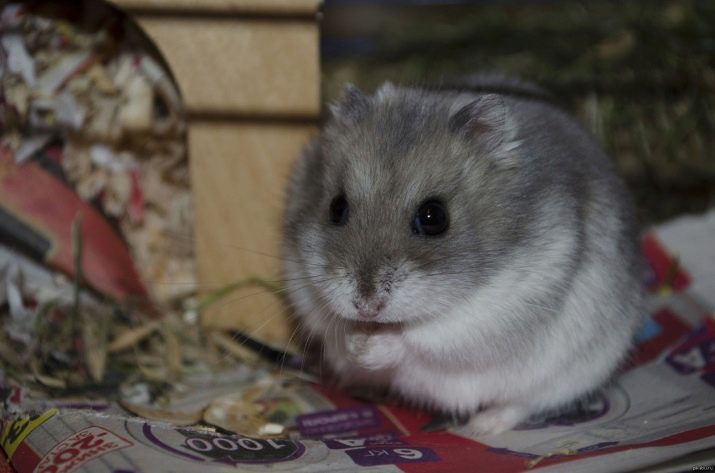
See the story about the life of Siberian hamsters.
